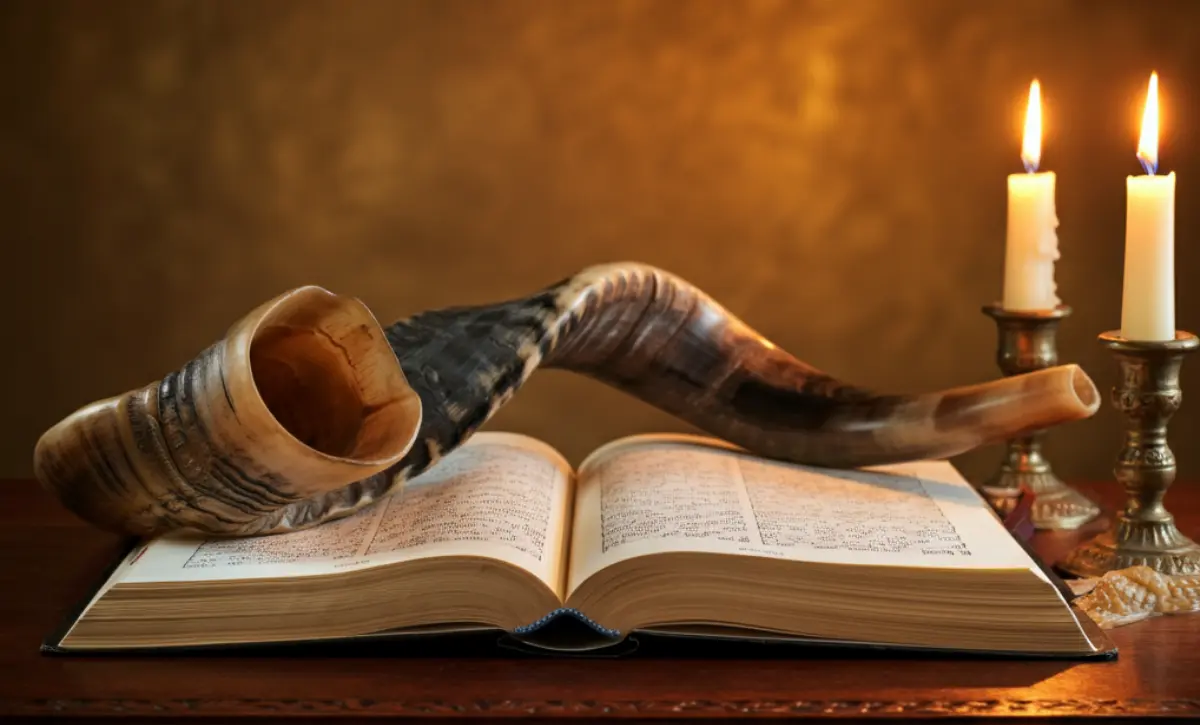Yom Kippur, also called the Day of Atonement, is the most sacred holiday in Jewish tradition. Each fall, Jewish families and communities across the USA and the world set aside this day for deep reflection, spiritual growth, and connecting with loved ones. Marking the end of the Jewish High Holy Days, which begin with Rosh Hashanah, Yom Kippur invites everyone to pause and look back on the year.
At its core, this solemn day focuses on repentance and the hope for forgiveness. It is a powerful time for people to consider their actions, repair relationships, and embrace self-improvement. If you’ve ever wondered about Yom Kippur traditions or its impact on Jewish culture in the United States, you’re not alone. Every year, thousands of Americans join in these meaningful rituals.
Why Yom Kippur Matters: The Day of Atonement
Yom Kippur traces its roots to the Torah, where it is described as a special day for making amends and seeking a new beginning. In today’s world, this meaning still holds deep relevance. Most Jewish Americans observe a 25-hour fast, choosing to refrain from food and drink as a way to focus on spiritual connection rather than physical needs.
Fasting isn’t just about skipping meals. For many, it increases feelings of humility and encourages honest self-reflection. The fast begins at sundown on the eve of Yom Kippur and ends the following evening. Ultimately, breaking the fast with a community is an experience many remember fondly.
Yom Kippur Traditions: Rituals that Unite Generations
Yom Kippur traditions create an atmosphere of reverence and togetherness. Here are some of the most well-known customs that play out in Jewish households and synagogues across the country.
Kol Nidre: Opening the Door to Forgiveness
The holiday begins with the haunting Kol Nidre prayer. Recited at sundown, Kol Nidre asks for release from unfulfilled personal vows. Even those who aren’t very religious may find themselves drawn to this moving service. As a result, synagogues in the USA often fill to capacity. The music and mood set a reflective tone for the hours to come.
Hours of Prayer and Confession
Throughout Yom Kippur, much time is spent in the synagogue, and some families stay almost all day. The prayers are unique for the Day of Atonement. They include the Vidui—a heartfelt confession of sins—which emphasizes humility and accountability over shame. The community gathers to recite age-old words together, seeking forgiveness for missteps as individuals and as a group.
Special prayers like the Yizkor are also part of the day. This memorial prayer honors loved ones who have passed away, blending moments of sadness with comfort. As families remember together, generations are brought closer through memory and hope.
Closing Moments: Neilah and the Shofar
As dusk arrives, the Neilah service marks Yom Kippur’s final moments. This emotional closing prayer comes with a sense of urgency. It’s widely seen as the last plea for forgiveness before the symbolic “gates of heaven” close for another year. After the final prayers, a single long blast of the shofar rings out. It signals both the end of the fast and the Day of Atonement. Relief, joy, and optimism fill the air in those moments.
Yom Kippur USA: Observance Today
Yom Kippur in the USA reflects the diversity of the American Jewish community. From New York to Los Angeles, synagogues offer both in-person and online services, making it easy for everyone to take part. In neighborhoods with large Jewish populations, schools and many businesses may close for the holiday.
After sunset, families and friends gather to break the fast. Many share traditional foods like bagels with lox, kugel, and various salads. Often, friends or neighbors who don’t observe the holiday join in, promoting interfaith dialogue and deeper understanding of Yom Kippur traditions.
In recent years, communities have tried creative approaches. Outdoor services and virtual gatherings help include as many people as possible. Because of this adaptability, the spirit of togetherness, forgiveness, and new beginnings continues to reach beyond synagogue walls.
The Break-Fast: Celebration After Reflection
Breaking the fast is a much-anticipated event. Joy and gratitude soon replace the solemnity of the day. While dishes may change based on family heritage, the sense of togetherness always stays at the center of the meal. For Jewish Americans, breaking the fast is more than just nourishing the body. It is about reconnecting with friends, family, and the community after a time of deep reflection.
If you want to dive deeper into the history and customs of Yom Kippur, check out the Jewish Virtual Library’s Yom Kippur page.
Moving Forward: Renewal and Reflection
Yom Kippur is more than a date on the calendar. For many in the USA, it’s a time to let go of regret, reinforce core values, and embrace a fresh start. Through fasting, prayer, and community, the Day of Atonement helps people renew commitments to kindness, justice, and growth.
Whether you observe Yom Kippur each year or are simply curious about its place in American life, the holiday’s spirit offers meaningful lessons in compassion and renewal that everyone can appreciate.
You may also read : Best Apps for Android Customization
You may visit our official website : weeklystreet










